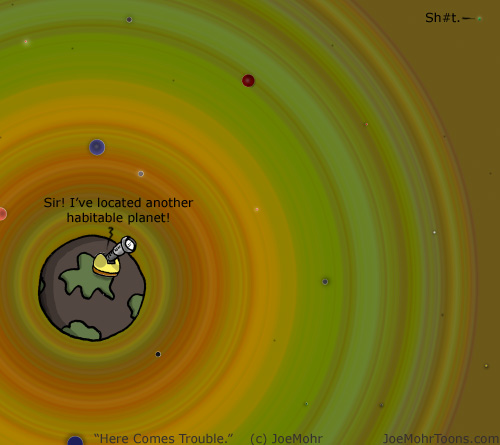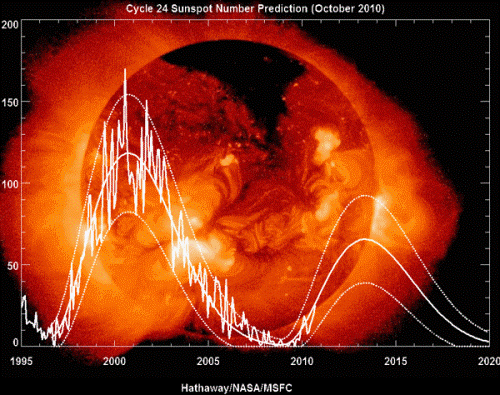OCO-2 is only a little thing, about 6 ft long, 3 ft in diameter, and less than half a ton in weight (NASA/JPL-Caltech, artist’s conception).
It will be harder to deny the existence of climate change now that NASA has successfully launched Orbiting Carbon Observatory-2.
A United Launch Alliance Delta II rocket from Vandenberg Air Force Base in California placed the satellite into its initial orbit yesterday morning in the wee hours. NASA TV carried the launch. OCO-2 will be moved to polar orbit shortly and cross over the Arctic and Antarctic to get a complete picture of Earth from about 438 miles up.
 The first Earth-observing spacecraft of its kind ever successfully launched, the OCO has been in the works for well over five years. Information it relays back will show us how Earth adjusts to increases in atmospheric carbon dioxide. Estimated at 280 parts per million before the Industrial Revolution, average monthly CO2 concentrations in the atmosphere reached a constant level above 400 ppm in April 2014.
The first Earth-observing spacecraft of its kind ever successfully launched, the OCO has been in the works for well over five years. Information it relays back will show us how Earth adjusts to increases in atmospheric carbon dioxide. Estimated at 280 parts per million before the Industrial Revolution, average monthly CO2 concentrations in the atmosphere reached a constant level above 400 ppm in April 2014.
OCO-2 will enable researchers to count the actual numbers of CO2 molecules in the layers of the atmosphere and measure the formation of CO2 sinks. It will also measure uptake of carbon dioxide by Earth’s plants. OCO-2 will measure CO2 by the intensity of sunlight reflected from the presence of CO2 in a column of air (see graphic). The OCO-2 instrument will use a diffraction grating (like the back of a compact disc) to separate the incoming sunlight into a spectrum of multiple component colors.
Michael Gunson, a project scientist at NASA’ s Jet Propulsion Laboratory, explains why the satellite measurements are crucial:
“Knowing what parts of Earth are helping remove carbon from our atmosphere will help us understand whether they will keep doing so in the future. Understanding the processes controlling carbon dioxide in our atmosphere will help us predict how fast it will build up in the future. Data from this mission will help scientists reduce uncertainties in forecasts of how much carbon dioxide will be in the atmosphere and improve the accuracy of global climate change predictions.”
In what may be the massive understatement of the week, David Crisp, the mission’s science team leader, says, “There’s quite a lot of urgency to see what we can get from a satellite like OCO-2.”



I bet those in denial will find something else to hang their hat on rather than face reality.